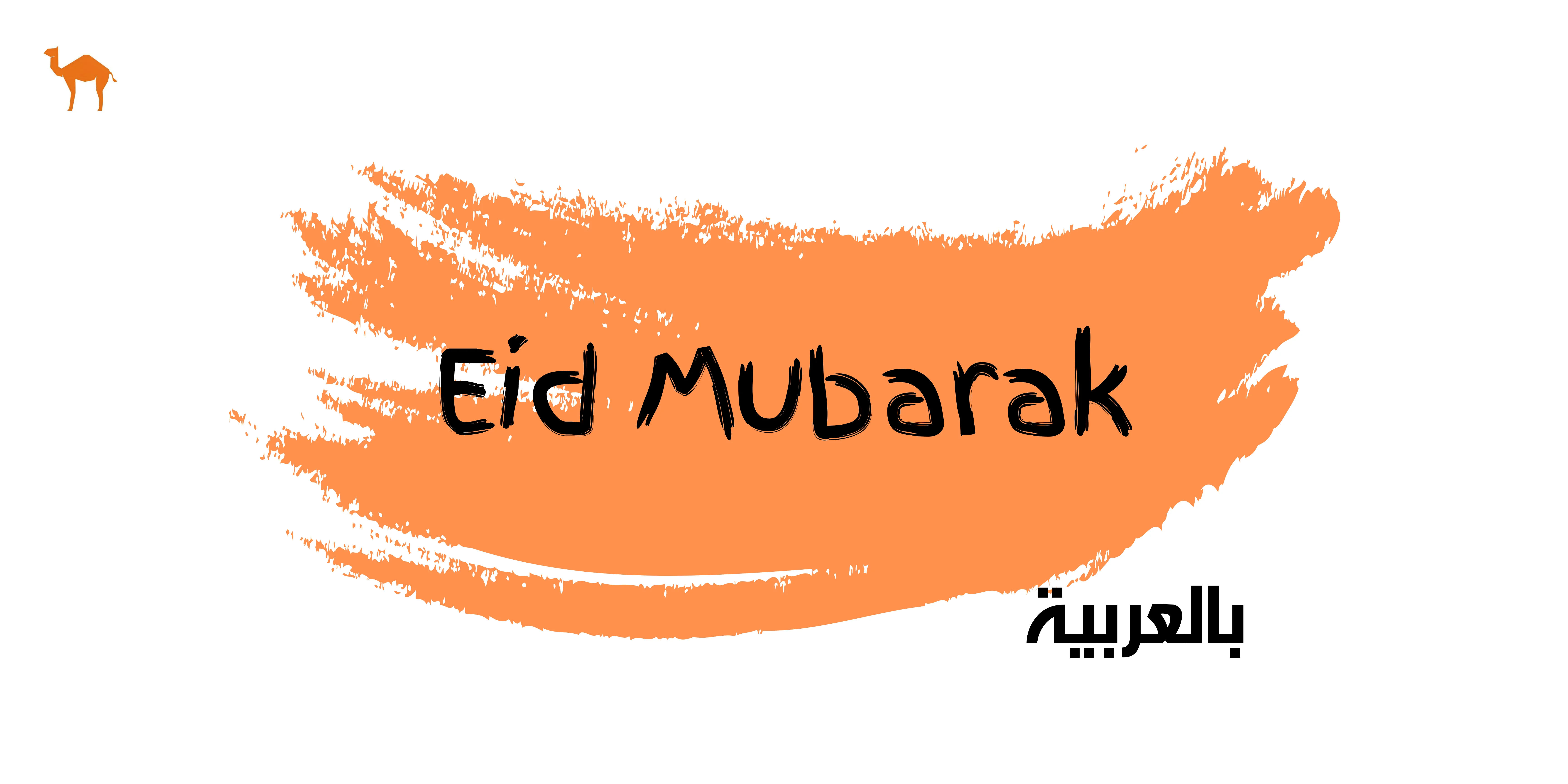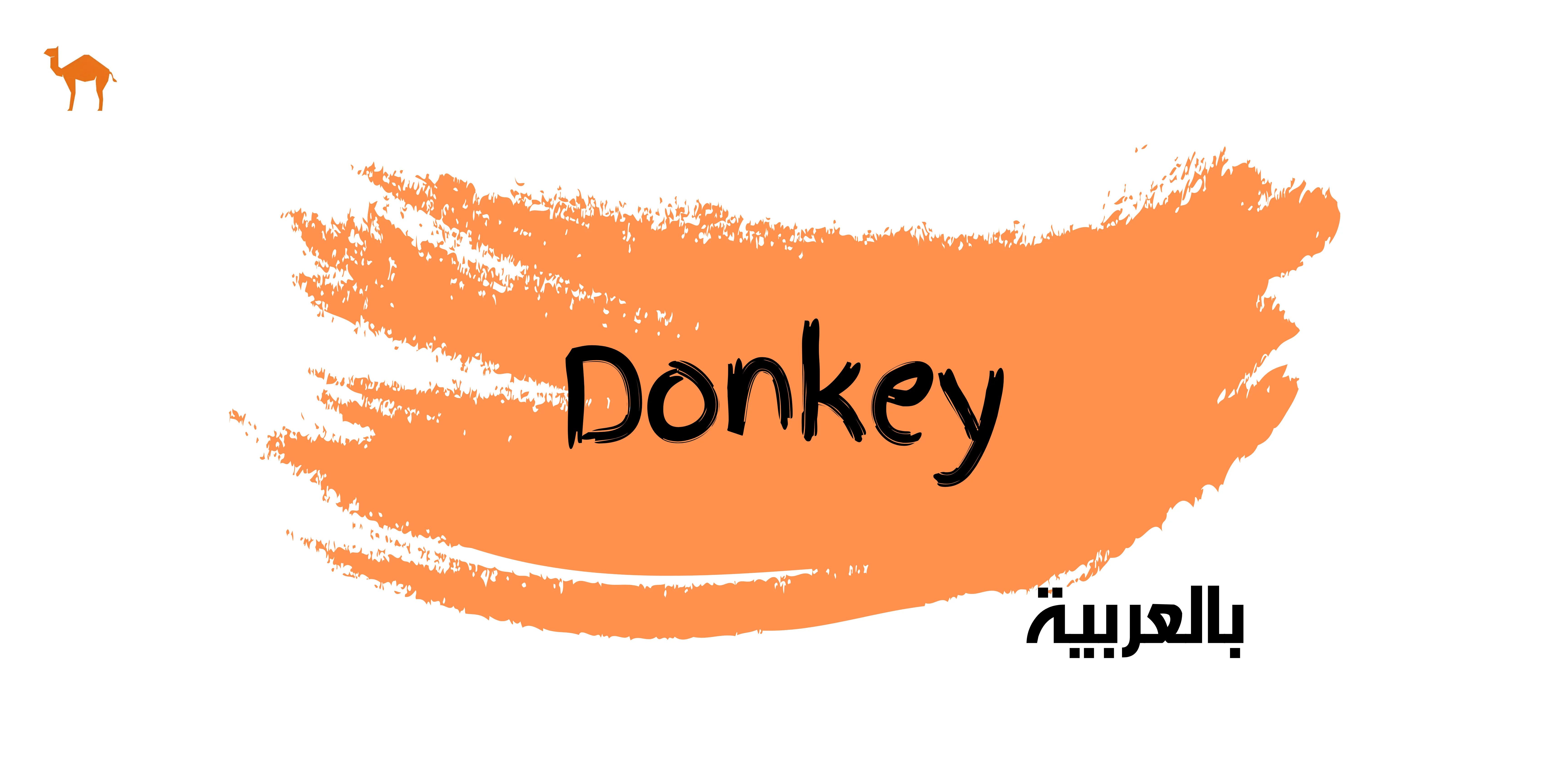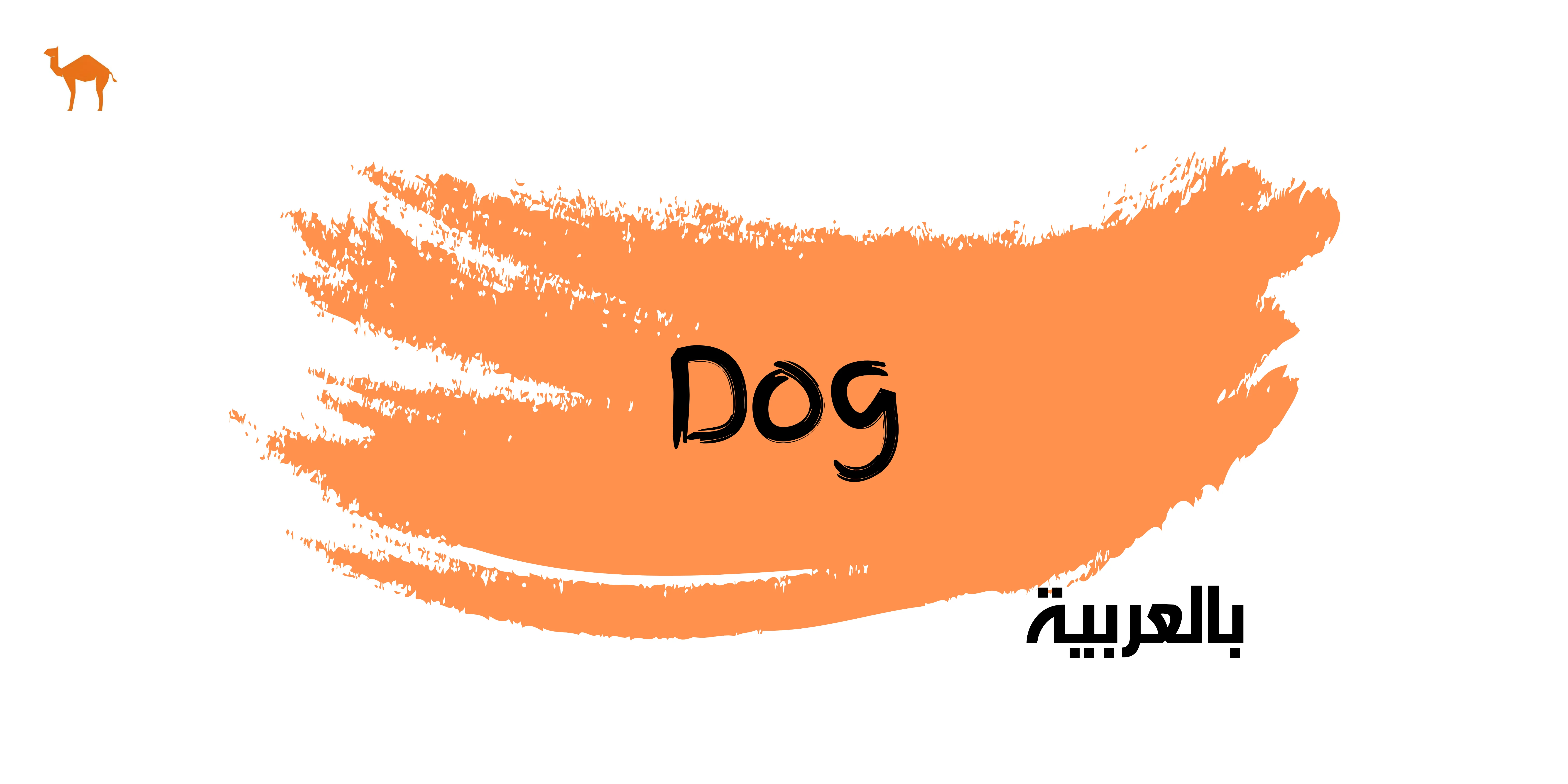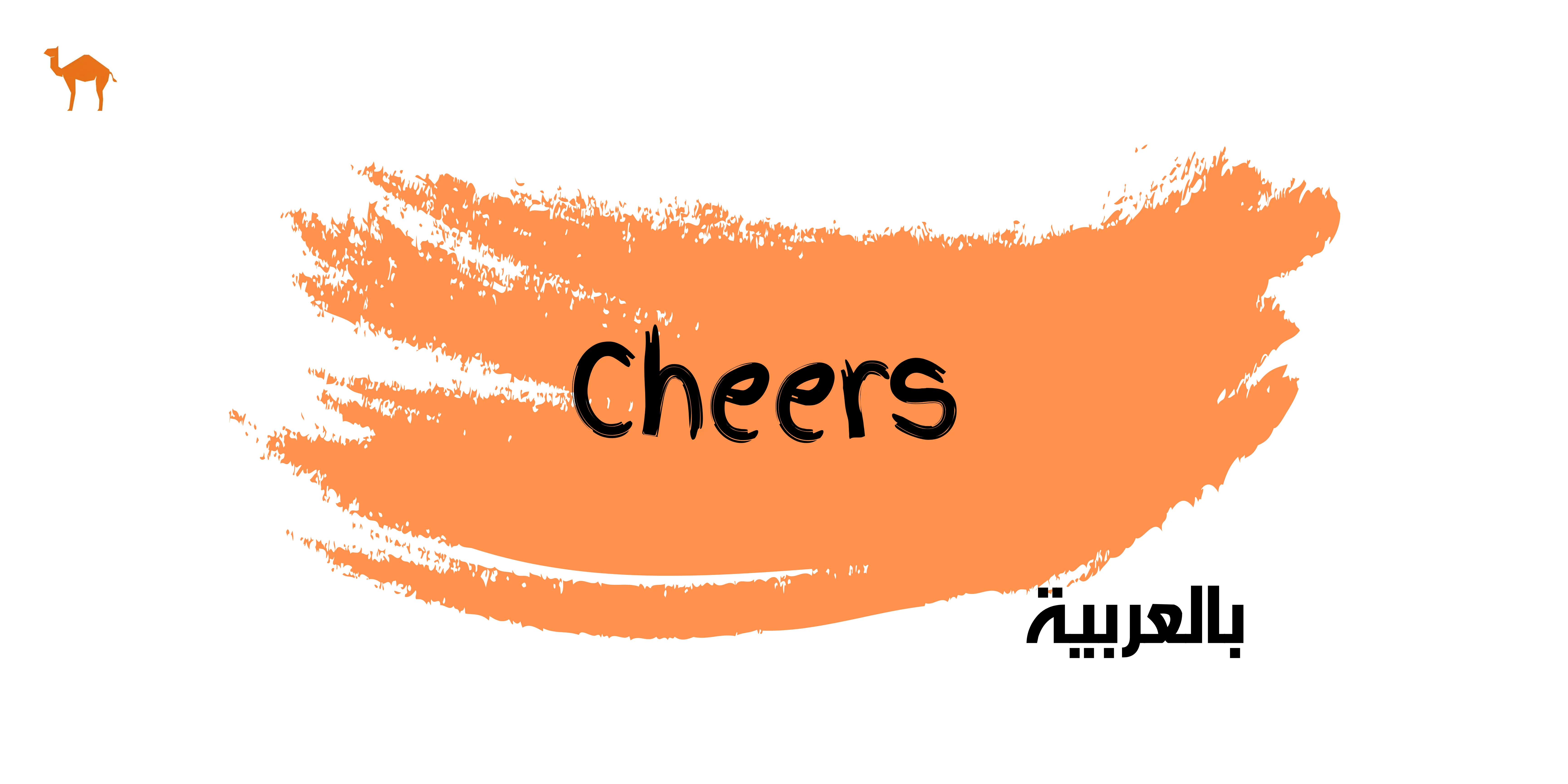How to Say "Eid Mubarak" in Arabic

Eid is one of the most significant celebrations in Islam, observed by Muslims around the world. It marks the end of important religious observances, such as Ramadan, with Eid al-Fitr, or the Hajj pilgrimage, with Eid al-Adha. During this time, the phrase “Eid Mubarak” is commonly exchanged among Muslims as a way of conveying warm wishes and blessings. The phrase means "Blessed Eid" and is used to wish others a joyful and prosperous celebration. It symbolizes not only the joy of the occasion but also a sense of community and goodwill among Muslims.
How to Say Eid Mubarak in Arabic
Pronunciation Guide
To pronounce “Eid Mubarak” correctly in Arabic, follow this phonetic guide:
- Eid is pronounced as “Eed” (with a long ‘e’ sound, like the word "feed").
- Mubarak is pronounced as “Mu-baa-rak”:
Mu sounds like "moo" (as in "moon").
baa has a long 'a' sound, like in "car".
rak is pronounced with a soft ‘r’, and the final ‘k’ is lightly pronounced.
Arabic Text and Calligraphy
“Eid Mubarak” is written in Arabic as عيد مبارك. The Arabic script is not just a writing system but also an art form, especially in the context of calligraphy. Arabic calligraphy has been used for centuries to beautifully express religious and cultural sentiments, including Eid greetings. The flowing and intricate designs of Arabic script add a layer of visual beauty and cultural significance to the phrase “Eid Mubarak,” making it a popular choice for decorations, cards, and digital messages during the festive season.
How to Write and Share Eid Mubarak in Arabic Text
Text Formats for Greetings
When writing “Eid Mubarak” in Arabic for digital communication, it’s important to use the correct script: عيد مبارك. This phrase can be easily copied and pasted for use in text messages, social media posts, or emails to greet friends and family during Eid.
Eid Mubarak in Arabic Calligraphy
The tradition of using Arabic calligraphy for Eid greetings adds a unique and artistic touch to the message. Many people choose to send Eid greetings that feature calligraphy to convey their wishes more elegantly. You can find various calligraphy designs online or even generate your own using calligraphy tools or apps. These designs can be used on greeting cards, banners, or digital platforms to share the festive spirit.
Extended Eid Greetings and Their Meanings
- Common Phrases: Taqabbalallahu Minna Wa Minkum
A common extended Eid greeting is Taqabbalallahu Minna Wa Minkum (تقبل الله منا ومنكم), which means "May Allah accept from us and you." This phrase is often used to wish others that their good deeds and prayers during the holy month or pilgrimage are accepted by Allah. Pronunciation is as follows:
- Taqabbalallahu: Ta-qab-ba-la-l-lah-hu
- Minna Wa Minkum: Min-na Wa Min-kum
This greeting highlights the spiritual aspect of Eid, focusing on the hope for divine acceptance and blessings.
- Other Traditional Eid Phrases
In addition to “Eid Mubarak,” you might encounter phrases like “Eid ul-Fitr Mubarak” or simply “Eid Sa'id” (عيد سعيد), meaning “Happy Eid.” The phrase “Taqabbal minna” is a shortened version of the longer greeting and is used similarly in various regions. Each of these phrases carries the essence of joy, gratitude, and goodwill, making them appropriate for different contexts and regions.
How to Respond to Eid Mubarak in Arabic
- Replying to Eid Mubarak
When someone wishes you “Eid Mubarak,” a common reply in Arabic is “Wa Antum Bikhair” (وأنتم بخير), meaning “And may you be well.” This is a polite and heartfelt response, echoing the good wishes back to the person. The pronunciation is:
- Wa Antum: Wa An-tum
- Bikhair: Bi-khair
This phrase can be shared in text messages or spoken, and it’s a customary part of the exchange of greetings during Eid.
- Cultural Context of Responses
Responding to Eid greetings is more than just a polite gesture; it’s a reflection of the cultural etiquette and mutual respect that is deeply embedded in Islamic traditions. The exchange of greetings and the reciprocity in responses help to strengthen community bonds and spread the spirit of unity and goodwill during this special time.
Greeting Eid Mubarak in English and Other Languages
Globally, “Eid Mubarak” is commonly used among English-speaking Muslims as well, often accompanied by phrases like “Happy Eid” or “Blessed Eid.” The phrase “Eid Mubarak” transcends language barriers, making it a universal greeting among Muslims.
In addition to English, here are a few examples of how "Eid Mubarak" is used in other languages:
- Turkish: “Bayramınız Mübarek Olsun” (May your holiday be blessed)
- Malay/Indonesian: “Selamat Hari Raya” (Happy Eid)
- Farsi (Persian): “Eid-e Shoma Mobarak” (Your Eid be blessed)
- Swahili: “Heri ya Eid” (Happy Eid)
While varied in language, these greetings convey the same sentiments of joy, blessing, and celebration, reflecting the global nature of the Eid festival.
Expand Your Arabic Skills with eArabic.io
Learning Arabic with eArabic.io is an excellent way to deepen your understanding of the language, especially regarding practical language use like greetings and cultural phrases. eArabic.io offers personalized lessons tailored to your needs, allowing you to learn at your own pace with the guidance of experienced teachers. One of the key benefits of learning Arabic through one-on-one instruction is the ability to master important phrases like “Eid Mubarak” with proper pronunciation and cultural context. This personalized approach ensures that you not only learn the language but also gain an appreciation for the rich cultural nuances that come with it. If you're looking to expand your Arabic skills, consider signing up for a trial lesson with eArabic.io. The platform makes learning easy and accessible, providing you with the tools and support needed to succeed in your language journey.


